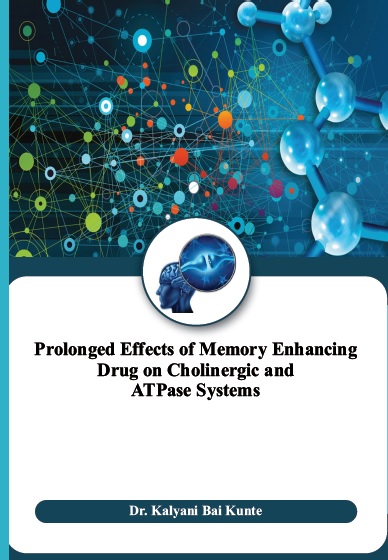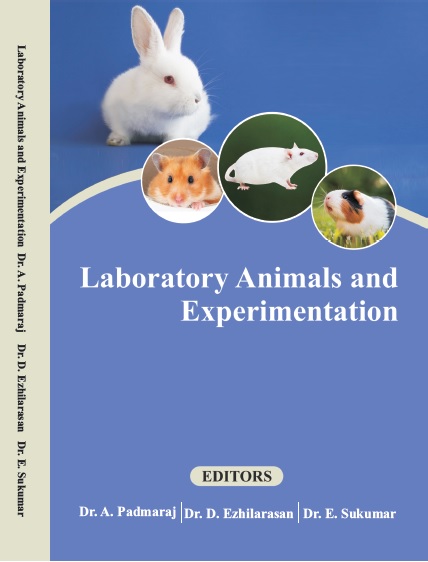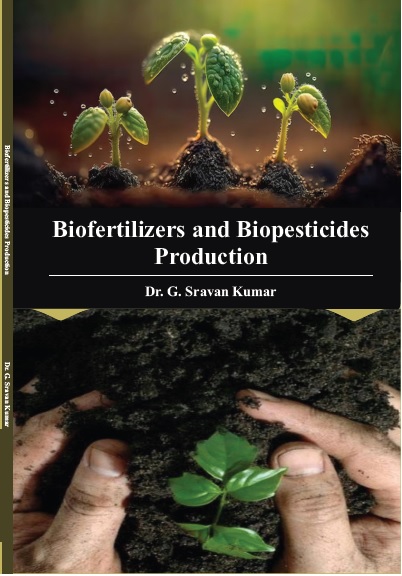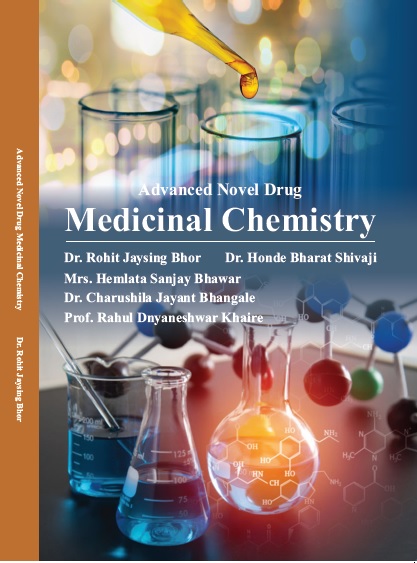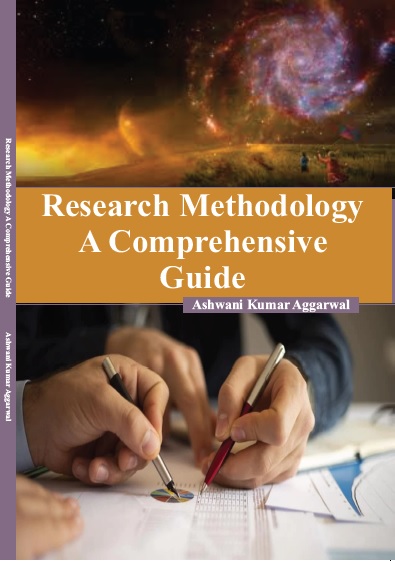MEDICAL SCIENCE
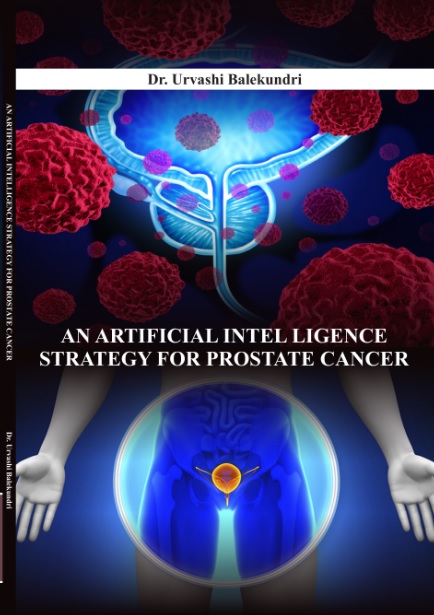
An Artificial Intelligence Strategy For Prostate Cancer
by Dr. Urvashi Balekundri
ISBN Number : 978 - 1- 73028 - 667 - 4
Authors Details
| Author Name | Image | About Author |
|---|---|---|
| Dr. Urvashi Balekundri |  |
C/O Mr. Ganesh D. Chandanshiv Chandanshiv Colony, Anand Nagar
Mudhol District-Bagalkot Karnataka-587313 India |
Book Description
Prostate cancer is a common type of cancer in men characterized by the action of 5-alpha reductase enzyme. Identification of drug targets and their inhibitors is a challenging task in drug designing. The prediction of potential inhibitors for 5AR may help in designing effective drugs against prostate cancer. In the present study, twodimensional quantitative structure activity relationship (2D-QSAR) models are built and a predictive server “pIC50 Pred: A Prediction tool for 5-alpha reductase inhibitors”, is developed based on these models. The compounds with inhibitory action against 5AR from literature were trained and tested to build 2D QSAR models based on molecular descriptors. The molecular descriptors were generated from E-Dragon 1.0 program. WEKA 3.7 was used to build 2D QSAR models. QSAR models, linear regression and least median of squares were implemented in a web-based server by using XAMPP package and PHP (hyper processed language) as a scripting language. The web server developed is a user-friendly interface which computes pIC50 value on insertion of the different values of 4 and 8 molecular descriptors as an input for linear regression and least median of squares respectively. A positive correlation of 0.69(r) and 0.46(r) was established between predicted and actual pIC50 from linear regression model and least square of median model respectively. The tool is believed to serve as a useful screening platform for pharmacologist and medicinal chemistry to screen any novel compounds thought to have a 5-alpha reductase inhibitory activity before jumping into in vitro experimental assays.





